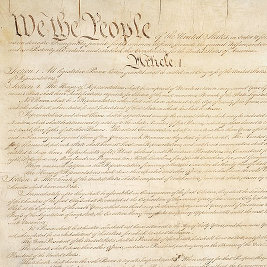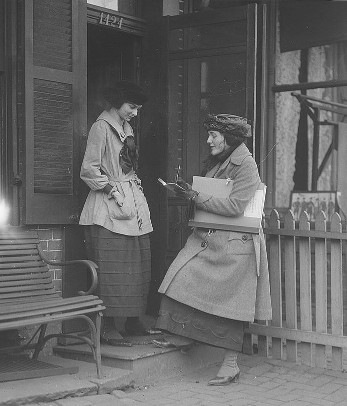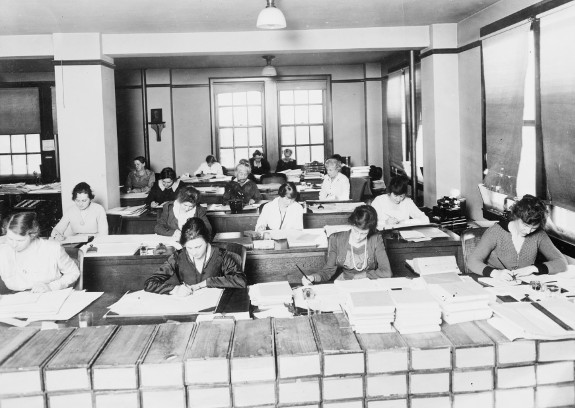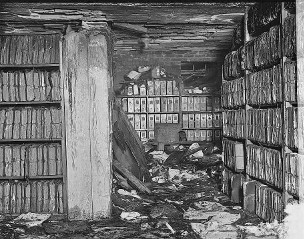Census Questions
The questions asked on each census vary. The first census (in 1790) only recorded the names of the heads of families and how many family members were in each of a few specific categories (free white males 16 and older, free white males under 16, free white females, all other free persons, and slaves). Additional categories, then details of other types, were added over the next few censuses.
The 1850 census was the first to collect names for all individuals instead of just the heads of families, and also used a pre-printed census form. For each person, their name, age, sex, color, profession (males only), value of real estate owned, place of birth, whether married or attended school within the year, whether illiterate, and whether "deaf and dumb, blind, insane, idiotic, pauper, or convict" were recorded.
The census form continued to evolve over time. By 1930, it also asked about the birthplace of each person's parents, native language, citizenship status, veteran status (and which war), street name and house number, and even whether the family had a radio.
Some censuses asked everyone a set of general questions, plus additional questions from a smaller subset of the population. Recent censuses, for example, have used both a "short form" with fewer questions, and a "long form" (given to a sample of the population) to gather additional details for certain statistics useful to the government.



